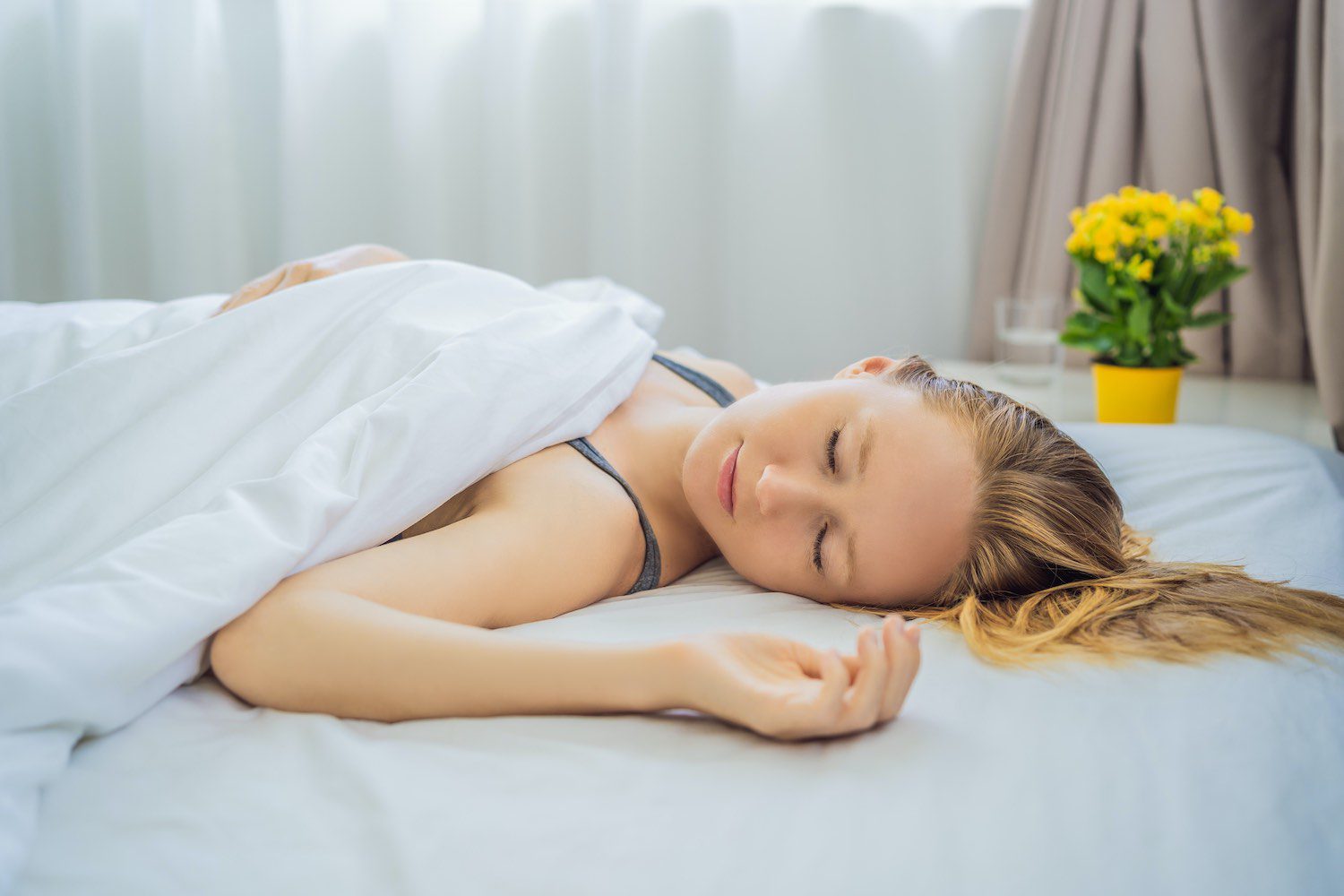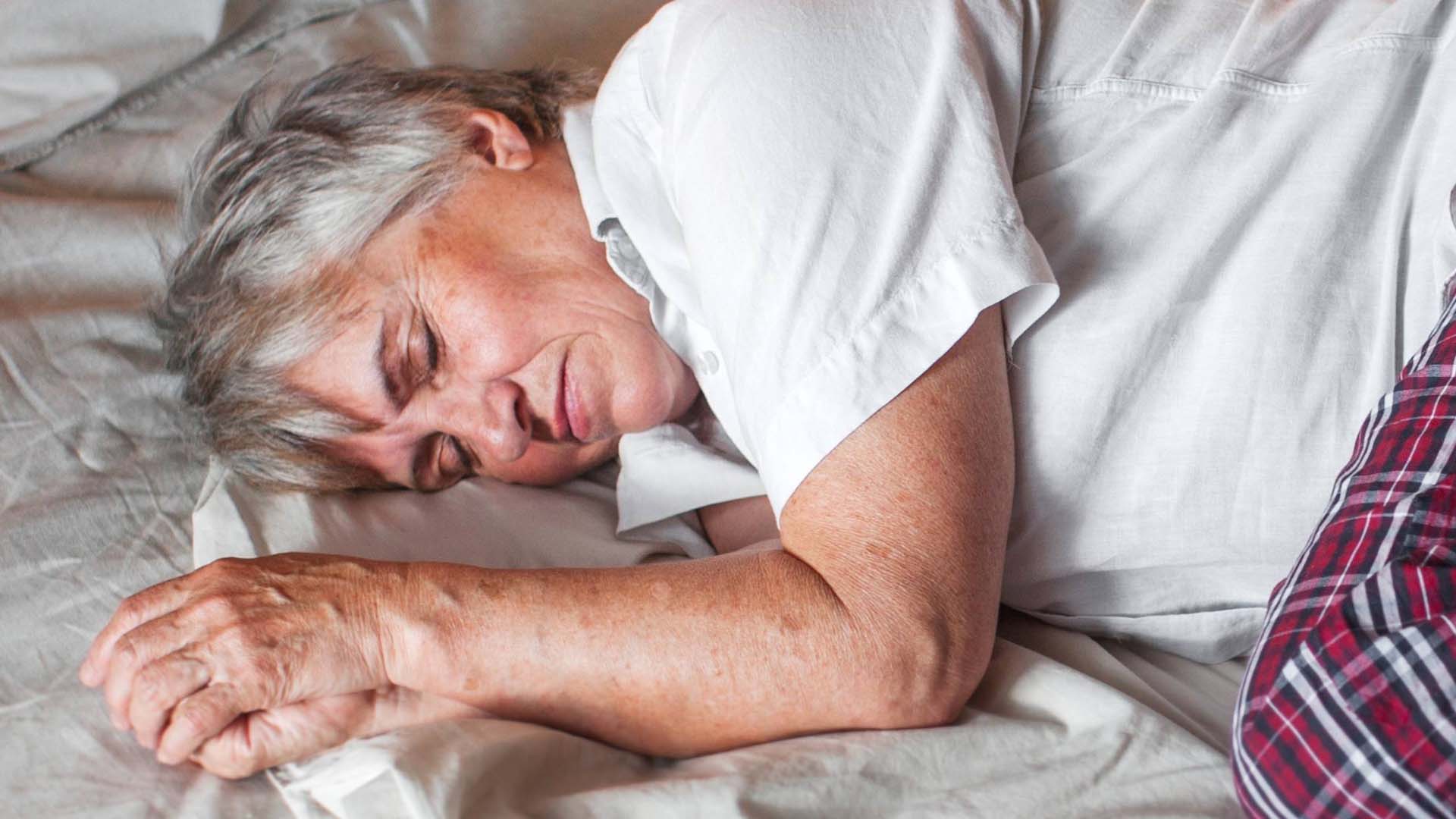Sleep is a universal human need, yet habits vary dramatically across cultures—from the firm futons of Japan to the elevated beds of Western Europe. In 2025, with global sleep disorders affecting over 936 million adults according to the World Health Organization (WHO), many are experimenting with pillow-free sleep to alleviate neck pain, improve posture, and enhance rest quality. But is ditching the pillow beneficial or harmful? This in-depth exploration examines the science, pros, cons, cultural perspectives, and expert recommendations, helping you decide if it's right for your body and lifestyle.
The Science of Sleep Posture: A Global Overview
Human spines have a natural S-curve, and ideal sleep maintains this alignment to prevent strain. Pillows elevate the head, but for back and stomach sleepers (about 22% of the population globally), this can create misalignment. In contrast, side sleepers (74%) need support to keep the spine neutral. A 2025 study by the Sleep Foundation, involving participants from 50 countries, shows mixed results: 40% report less pain with pillow-free sleep, but 25% experience worsening symptoms, particularly in regions with softer mattresses like North America.
The key is biomechanics—without a pillow, the head rests flat, potentially reducing cervical strain. However, for side sleepers, it can cause the neck to tilt, leading to muscle tension. Research from the European Spine Journal indicates that proper alignment reduces chronic pain by 20%, but improper can increase it by 15%. In Asian cultures, where floor sleeping is common, pillow-less rest is linked to lower back issues, per studies from the Japanese Orthopaedic Association.
Factors influencing suitability include mattress firmness (firmer is better for no-pillow sleep), body weight (heavier individuals may need more support), and age (older adults benefit from alignment to prevent arthritis). Global data from the Lancet in 2025 highlights that poor sleep posture contributes to 1 in 5 cases of neck pain worldwide.
Benefits of Going Pillowless: Evidence from Around the World
Pillow-free sleep offers several advantages, backed by international research:
- Improved Spinal Alignment: Flat sleeping maintains the spine's natural curve, potentially reducing chronic pain by 20% (European Spine Journal). In India, traditional floor sleeping without pillows is associated with better posture, as per Ayurvedic studies.
- Reduced Neck Strain: Less elevation prevents forward head posture, common in desk-heavy jobs across Asia and Europe. A 2025 Korean study found 18% fewer neck complaints among no-pillow users in office workers.
- Better Posture Overall: Consistent alignment may improve daytime posture, benefiting office workers globally. Australian physiotherapists report 22% better spinal health in stomach sleepers without pillows.
- Fewer Wrinkles and Acne: No face compression reduces skin pressure, a beauty hack popular in skincare routines worldwide. Japanese dermatologists note reduced "sleep lines" in pillow-free practices.
- Enhanced Breathing: For stomach sleepers, it can open airways, aiding those with mild sleep apnea, affecting 1 billion globally (WHO). In humid climates like Southeast Asia, it prevents pillow-related allergies.
- Cost and Simplicity: No need for expensive pillows, appealing in developing regions. African studies show similar sleep quality without accessories in rural areas.
However, benefits vary— a meta-analysis in the Journal of Sleep Medicine (2025) shows positive outcomes for 60% of back sleepers but only 30% for side sleepers.
Potential Risks and Who Should Avoid It: Global Health Insights
While appealing, pillow-free sleep isn't for everyone:
- Neck and Shoulder Pain for Side Sleepers: Without support, the head tilts, straining muscles—reported in 30% of users per global surveys. In the US, chiropractors see 25% more cases from this.
- Acid Reflux Worsening: Flat positions can exacerbate GERD, affecting 20% of adults in Western countries. Elevation helps, as per gastroenterology studies from the UK.
- Breathing Issues: For those with sleep apnea, elevation is crucial. In obese populations in the Middle East, no-pillow sleep increases risks by 15%.
- Spinal Conditions Aggravation: Avoid if you have scoliosis or herniated discs; consult doctors, as advised by international health bodies like the American Academy of Orthopaedic Surgeons.
- Headaches and Migraines: Misalignment can trigger tension headaches, common in high-stress areas like East Asia.
- Skin and Hair Concerns: Direct contact with sheets can cause friction, leading to hair breakage or acne in humid climates.
Who should avoid: Side sleepers, pregnant women (need support), those with respiratory issues, or acid reflux. A 2025 WHO report emphasizes personalized sleep setups to prevent long-term health issues.
Cultural Perspectives on Pillow-Free Sleep
Sleep customs reflect culture:
- Asia: In Japan and Korea, ondol-heated floors encourage minimal padding, linking to lower back pain rates (5% vs. global 10%). Indian yoga traditions promote flat sleeping for energy flow.
- Europe: Softer beds in Scandinavia often require pillows, but minimalist trends in Germany favor no-pillow for alignment.
- Africa and Latin America: Resource-limited areas use mats without pillows, with studies showing resilience but potential for strain in urban transitions.
- North America: Pillow use is standard, but wellness movements push alternatives for natural posture.
Global adaptation: In hot climates, breathable materials enhance comfort without pillows.
Expert Tips for Trying Pillow-Free Sleep
If interested, transition safely:
- Assess Your Sleep Position: Best for back/stomach sleepers. Use sleep trackers like Fitbit, popular worldwide, to monitor.
- Choose the Right Mattress: Medium-firm for support, as recommended by global sleep studies. Memory foam in the US, natural latex in Europe.
- Transition Gradually: Start with a thin towel or low pillow, common in minimalist practices in Scandinavia. Reduce height over weeks.
- Monitor Progress: Track pain with apps; if worse after 2 weeks, revert. Physiotherapists suggest journaling symptoms.
- Combine with Habits: Pair with yoga for flexibility, as in Indian routines, or breathing exercises for better rest.
- When to Seek Help: If pain persists, consult a doctor—early intervention prevents chronic issues, per orthopedic guidelines.
A trial from the British Sleep Society in 2025 showed 45% improvement in sleep quality for suitable candidates.
Table: Sleep Position Guide with Global Prevalence
| Position | Pillow Recommendation | Global Prevalence | Benefits/Risks |
|---|---|---|---|
| Back | None or thin | 15% (common in Europe) | Optimal alignment; low risk of strain. |
| Stomach | None | 7% (popular in Australia) | Reduces snoring; may cause neck twist. |
| Side | Low-loft | 74% (dominant in Asia) | Comfortable; high risk without pillow. |
| Fetal | Medium | 4% (varied) | Cozy; potential curvature issues. |
This table, based on international sleep data, helps choose wisely.
FAQs: Addressing Worldwide Concerns
- Is it good for back pain? Yes for back sleepers; no for side. Consult experts.
- Time to adjust? 1-2 weeks for most, per sleep labs.
- Good for migraines? May reduce tension headaches by 20%.
- Children? Consult pediatricians; pillows often recommended for development.
- Alternatives? Orthopedic pillows for hybrid approach, popular in Germany.
- Cultural variations? Common in Asia for health; less in West due to softer beds.
- Impact on breathing? Better for some, worse for apnea patients.
- Mattress type? Firm is ideal; test for 30 days.
- Pregnancy? Avoid; side sleeping with support is better.
- Global studies? WHO links posture to 10% of sleep disorders.
Expanding, many ask about allergies—pillow-free reduces dust mite exposure.
Conclusion: Personalized Sleep for Optimal Health
Pillow-free sleep can be beneficial for alignment and simplicity but risky for certain positions and conditions. Weigh pros against cons, consider your culture and body, and experiment cautiously. For more, check Beat Stress Techniques.
Share your experiences in comments!




Comments
Post a Comment
Thanks for your response,May God bless you